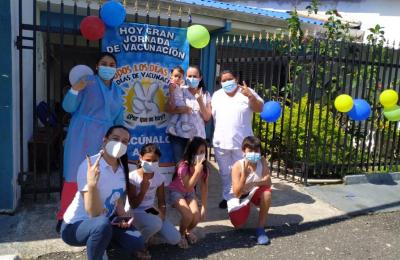Plasmidic resistance to colistin mediated by mcr-1 gene in Escherichia coli clinical isolates in Argentina: A retrospective study, 2012–2018
Objective.
To describe the resistance profile and the genetic characteristics of Escherichia coli isolates that harbor the mobilizable colistin resistance gene mcr-1 in Argentina.












